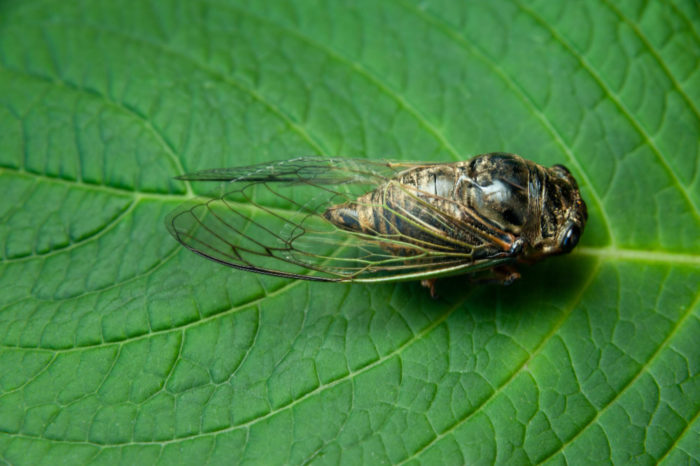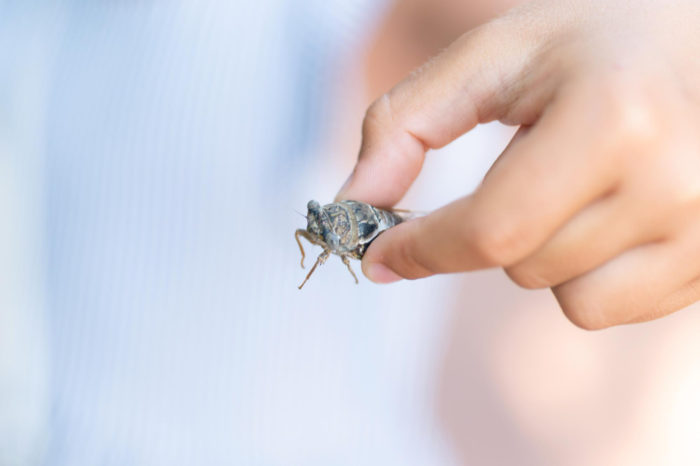How often have you been struck by the deep yearning to delve deeper into the question of life? The questions of “Who are we?” and “What purpose do we serve?” have long troubled contemplative thinkers.
You might be wondering what all this profound existentialism has got to do with insects. Well, cicadas may not have such a spiritual inclination towards life. But they do serve a purpose. Scientifically speaking, of course.
Life Cycle
Before we get to the answer to our question, you should perhaps learn a bit more about the typical life cycle of a cicada.
There are mainly three stages that a cicada goes through during its entire life cycle. These are namely, egg, nymph, and adult stage. Male cicadas produce a high-pitched buzzing noise to attract the females. Generally, cicadas group up to create these courtship calls, so it gets pretty noisy.

Now, the female cicadas lay eggs after successful mating. Female cicadas can lay up to 400 eggs divided among dozens of sites. In general, they choose twigs and branches of small plants.
After six to 10 weeks, young cicada nymphs hatch from their eggs and dig themselves into the ground to suck the liquids of plant roots. They spend their entire developmental period in these underground burrows before molting their shells and surfacing as adults to mate and lay eggs.
Why do Cicadas Exist?
Every creature has a reason for existing, a niche to fill, a role to play, and most importantly, a purpose to serve. Let’s consider how cicadas fit into the big picture.
Cicadas are known for their unusual way of living. They remain underground for most of their life and only resurface to mate and lay eggs.
This out-of-the-ordinary lifestyle has given cicadas a place in several folklores and myths around the world. In parts of the world, they are symbolized as an exemplar of carefree life and even immortality.
There are 3,000 known species of cicadas– some resurface each year while others emerge periodically after every 13-17 years. So, you might be wondering by now. If they spend most of their lives in underground burrows, and resurface either annually or as late as 17 years, only to mate, then what is their importance?
Although it may seem slow and trivial, cicadas have a good deal of impact on the environment. When the females lay eggs, it cuts through the leaves and damages some branches. So, in a way, cicadas provide trees a service by pruning the weak branches of the tree.
The underground activities of nymph cicadas prove beneficial over time. Their burrowing churns up the ground, which in turn loosens the soil. This helps air reach plant roots and also aids water to percolate deeply.

Trees feed off soil and sun, and cicadas feed off trees. Consequently, cicadas also serve as a powerhouse of nutrients. When an organism present in the higher level of the food chain consumes cicadas, it gets massive amounts of energy and nutrients.
Conclusion
So, overall, cicadas are pretty amazing creatures. These beautiful buggers may come off as intimidating due to their large size and bulbous eyes, but they remain harmless to humans in general. In fact, they serve as a delicacy item to numerous people worldwide.
Despite their propensity to disappear from the face of the earth for a prolonged period, they continue to aid the environment through their underground activities.
Cicadas prove beneficial even after their death! When a cicada dies, the extra nutrients result in a spurt in tree growth and seed production in the area.
So you see, cicadas perform their good deeds for the mother earth in silence. Until they emerge after 17 years with a chorus that blows everything else away.
